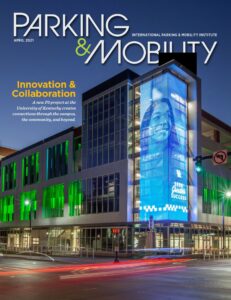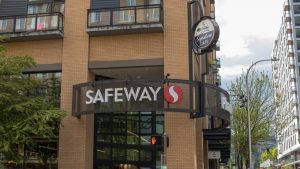 The University of Kentucky understood the need to continue to provide parking assets to support its growing campus, but also the essential component of effectively utilizing limited space for the highest and best uses possible. They also recognized the essential role of incorporating successful economic development master planning strategies to support the financial requirements of such a build, while contributing to the economic vitality of the campus.
The University of Kentucky understood the need to continue to provide parking assets to support its growing campus, but also the essential component of effectively utilizing limited space for the highest and best uses possible. They also recognized the essential role of incorporating successful economic development master planning strategies to support the financial requirements of such a build, while contributing to the economic vitality of the campus.
The result was a unique P3 (public-private partnership) involving a land swap, lease-lease back, shared property management, and both parking and community space–inside and out–that collectively benefit the university and the surrounding community in Lexington, Ky.–unique all around and, as it turned out, very good for everyone involved.
This month’s Parking & Mobility magazine showcases the Cornerstone, UK’s new mixed-use gem that offers parking, 23,000 square feet of mixed-use including a state-of-the-art gaming and esports facility, and serves as a gateway to an innovation district bringing new features, ideas, and collaborations to the whole community. It feels like a glimpse into the future–read it here.

 By David Feehan
By David Feehan Adaptive reuse of parking garages has been an industry conversation topic for a few years, but now consumer-facing publications are getting in on the topic. Forbes features a story about the Motor Mart Garage in Boston, which was built more than 90 years ago. While its occupancy numbers are relatively healthy, they largely come from big bumps during shows at a nearby theater.
Adaptive reuse of parking garages has been an industry conversation topic for a few years, but now consumer-facing publications are getting in on the topic. Forbes features a story about the Motor Mart Garage in Boston, which was built more than 90 years ago. While its occupancy numbers are relatively healthy, they largely come from big bumps during shows at a nearby theater. Soccer fields are popping up all over Atlanta, all at transit stations. And it makes perfect sense.
Soccer fields are popping up all over Atlanta, all at transit stations. And it makes perfect sense.